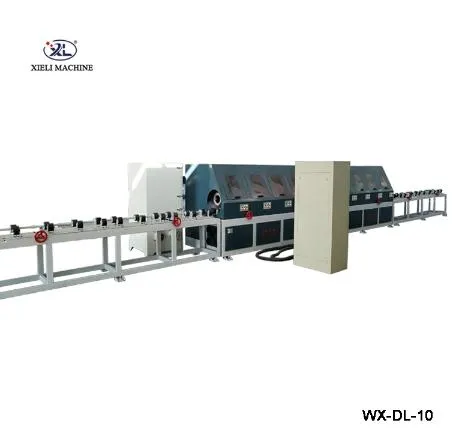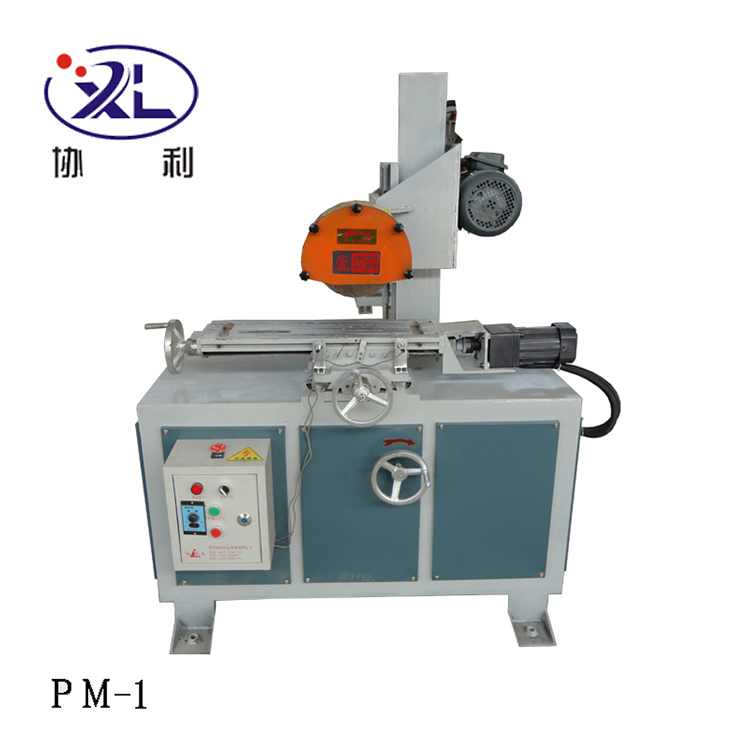Regular maintenance is essential for keeping your pipe polishing machine in optimal working condition. Whether you’re polishing pipes for industrial applications or using a pipe tube polisher for precision work, ensuring that your machine is well-maintained will extend its life and improve its performance.

Regular Cleaning of Your Pipe Polishing Machine
One of the most important aspects of maintaining a pipe polishing machine is keeping it clean. Over time, polishing compounds, metal dust, and residue can accumulate on the machine, reducing its efficiency and potentially causing damage. Regular cleaning helps prevent these issues and ensures a longer lifespan for your machine. Start by cleaning the polishing pads or belts, as these are the parts most likely to collect debris. Use a soft brush or compressed air to remove dust from hard-to-reach areas, and wipe down surfaces with a cloth to keep them free from grease and grime.
When cleaning the polishing components, ensure that the pipe tube polisher and other accessories are free of any residual compounds that could affect polishing quality. Regular maintenance will also ensure consistent performance, allowing your pipe polisher to deliver high-quality results every time.
Lubrication for Smooth Operation of Your Pipe Polishing Machine
Lubrication plays a crucial role in maintaining the functionality of your pipe polishing machine. Properly lubricating the machine’s moving parts reduces friction and prevents wear and tear. Focus on the bearings, gears, and motor, as these components are heavily involved in the polishing process. Use the manufacturer’s recommended lubricants to avoid damage, and be sure to lubricate regularly—especially if the machine is used frequently.
In addition to improving performance, lubrication helps prevent overheating, ensuring that your pipe polisher can work for extended periods without running into issues. Well-lubricated components are more efficient and contribute to a longer lifespan for your pipe polishing machine, ensuring that your investment delivers reliable results for years.
Checking the Buffing Pads and Polishing Belts
The pipe polishing machine’s polishing pads or belts are critical to its function, as they come into direct contact with the pipes and tubes. Over time, these components can wear down, losing their effectiveness. Regularly check the pads for signs of wear, such as fraying or uneven surfaces. If necessary, replace them with new pads to maintain a consistent finish on your pipes.
A pool ball polisher machine or a ball polishing machine also relies on similar components, so if you are maintaining any of these machines alongside your pipe polishing machine, keep the same level of attention to detail. Ensure that polishing components are kept in excellent shape, as this directly affects the quality of the finish, whether you are working on pipes, tubes, or balls.
Inspecting the Motor and Electrical Components
The motor of your pipe polishing machine is the heart of the operation, providing the power necessary to rotate the polishing components and achieve the desired finish. Inspect the motor regularly for signs of overheating, unusual noises, or performance issues. Make sure all electrical connections are secure and free from damage. Electrical maintenance is especially important if your machine runs for extended periods, as overheating or a short circuit could lead to serious damage or downtime.
A pipe polisher that runs smoothly without motor issues ensures that your polishing tasks are completed efficiently. It’s advisable to schedule periodic inspections with a professional to ensure that the motor and electrical system are functioning properly, minimizing the risk of unexpected failures.
Storing Your Pipe Polishing Machine Correctly
Proper storage is often overlooked, but it is essential to the longevity of your pipe polishing machine. When not in use, store the machine in a clean, dry area to avoid exposure to moisture, dust, and contaminants. Ideally, the machine should be stored in a space with regulated temperatures to prevent any damage to the components.
If you're also maintaining a pool ball polisher machine or any similar polishing equipment, be sure to store them in a similar manner. Keeping all polishing machines properly stored will prevent the development of rust or corrosion, which can significantly reduce the effectiveness of the machine and require expensive repairs.
Maintaining your pipe polishing machine is a straightforward process that involves regular cleaning, lubrication, inspection, and proper storage. By keeping your pipe polisher well-maintained, you ensure that it continues to perform at its best, providing high-quality finishes on pipes and tubes for years to come. Remember that investing in maintenance not only prolongs the life of your pipe tube polisher but also ensures that your investment is always performing at its peak efficiency. Whether you’re using it in an industrial setting or for more precise work, these simple maintenance practices will help you get the most out of your pipe polishing machine.





